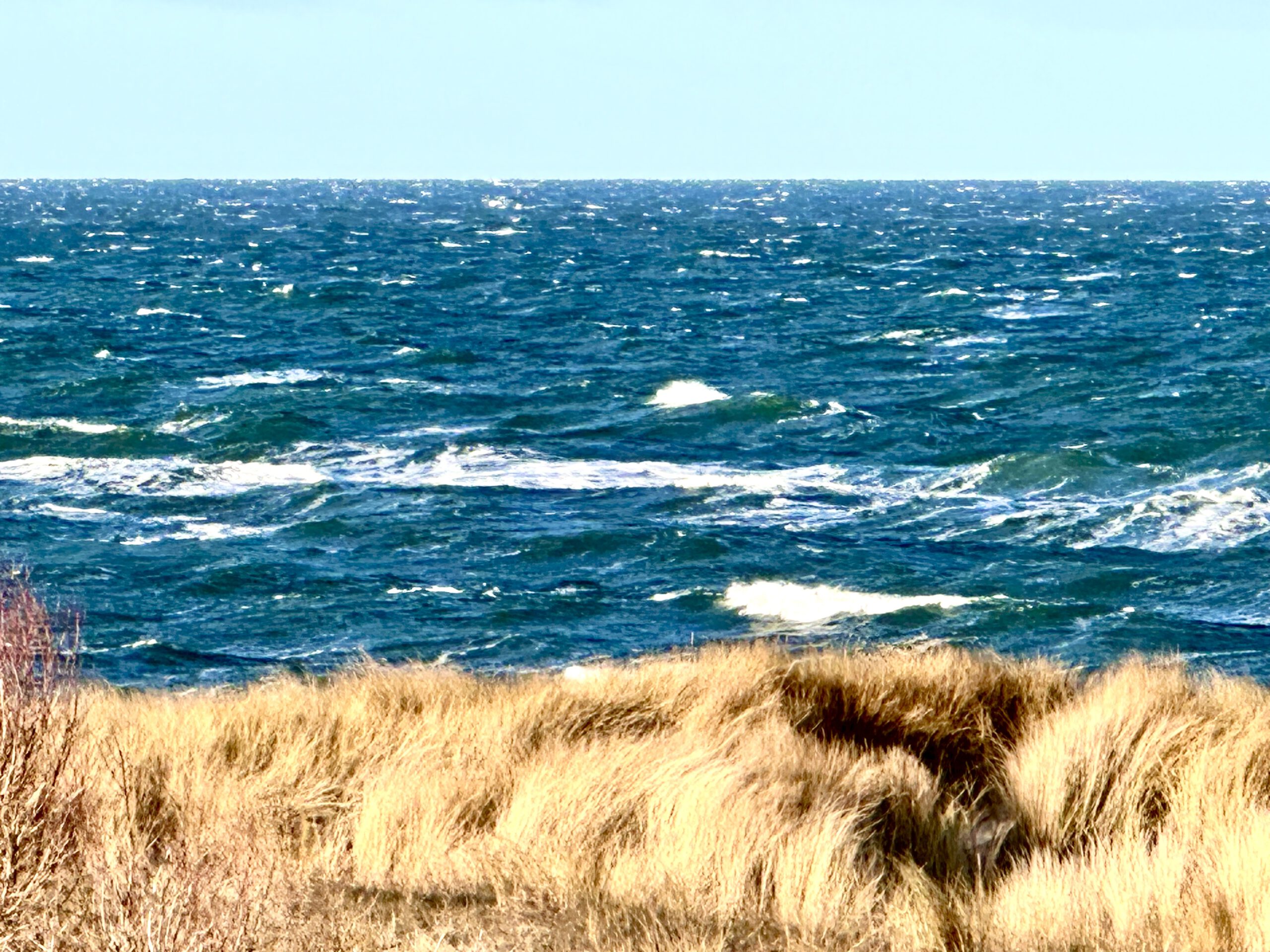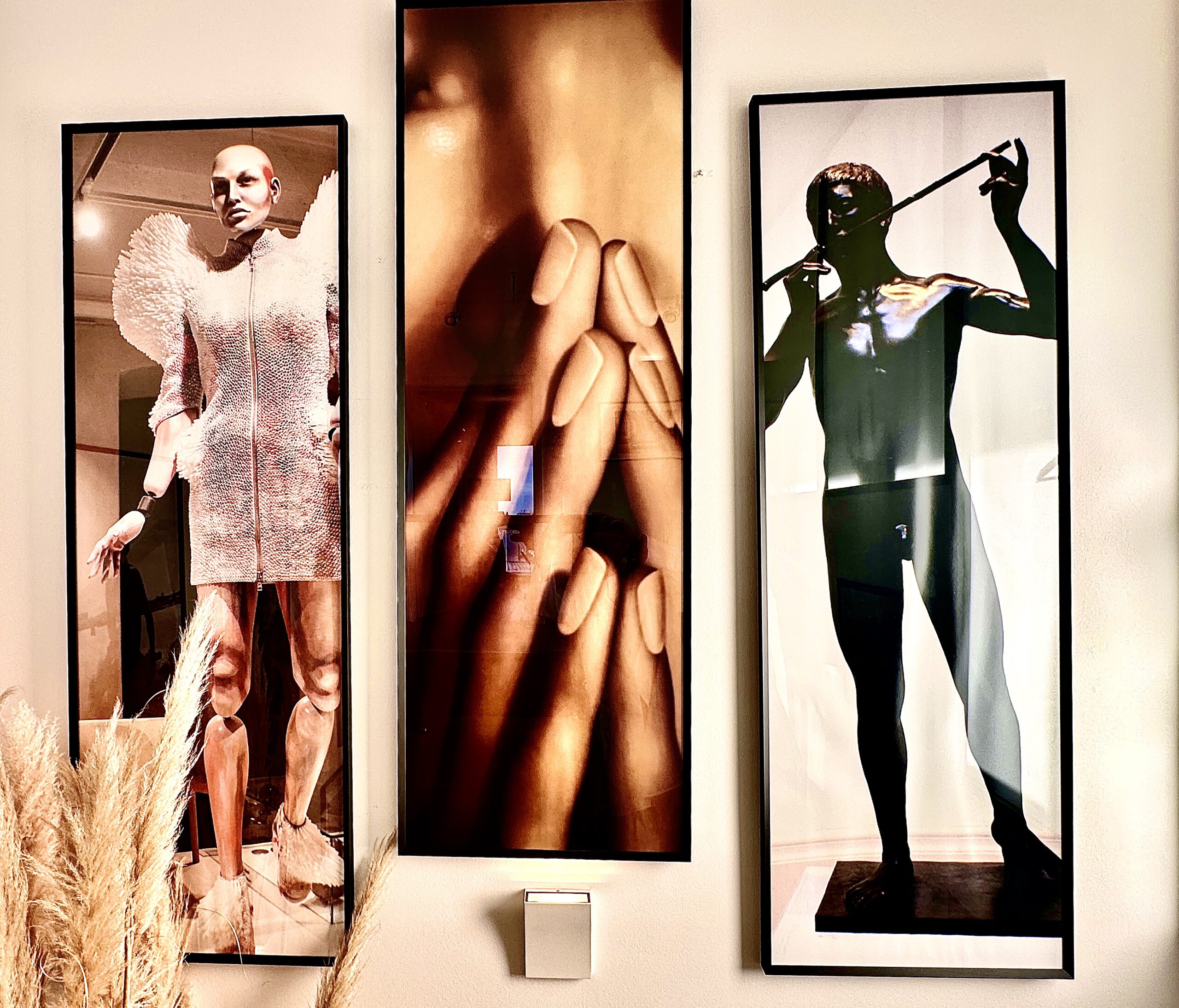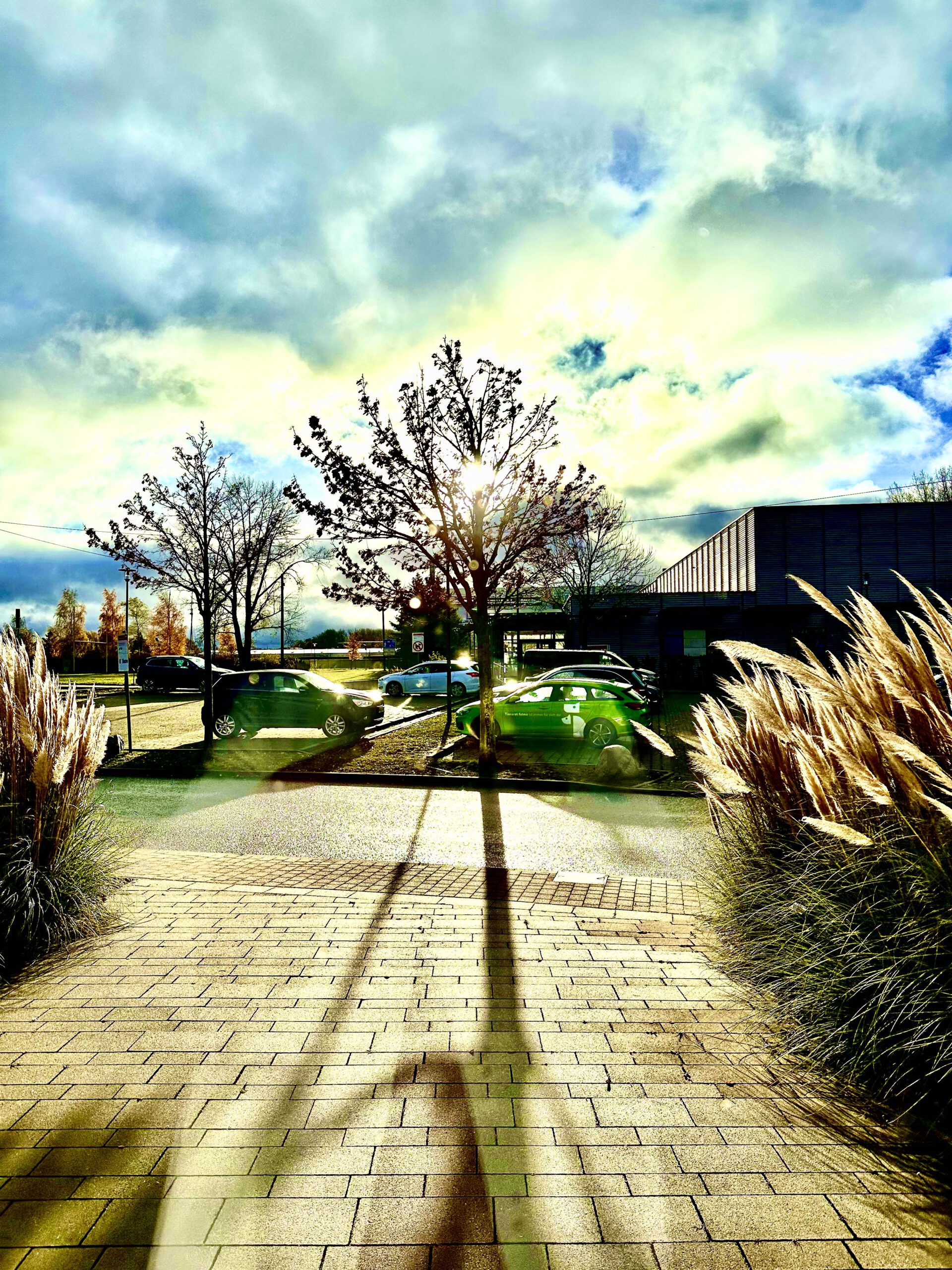Saphenion®: Leitlinien Krampfadertherapie
Saphenion®: Leitlinie Krampfadertherapie – Es ist aus unserer Sich sehr wichtig, daß unsere Patienten die aktuellen Leitlinien zur Therapie von Krampfadern nachlesen können. Zu Beginn 2020 aktuell wurden die aktuellen Leitlinien der Deutschen Gesellschaft für Venenheilkunde (DGP) veröffentlicht. Und sie bergen doch so manche Überraschung für den lange im Fachgebiet der Venenheilkunde arbeitenden Facharzt, denn es wurden auch alle neuen Therapiemethoden berücksichtigt! Inzwischen wird auch bei der deutschen Gesellschaft für Gefäßchirurgie an neuen Leitlinien zur Krampfadertherapie gearbeitet.
Saphenion®: Guidelines for varicose vein treatment – We believe it is very important that our patients are able to read the current guidelines for the treatment of varicose veins. The current guidelines of the German Society for Venous Medicine (DGP) were published at the beginning of 2020. And they hold quite a few surprises for specialists who have been working in the field of venous medicine for a long time, as all new treatment methods have also been taken into account! The German Society for Vascular Surgery is also currently working on new guidelines for varicose vein treatment.





